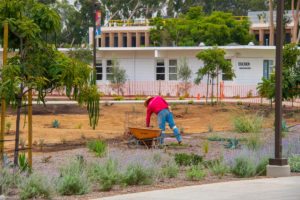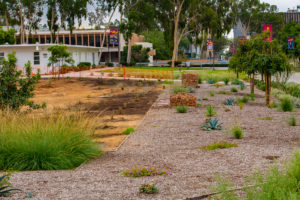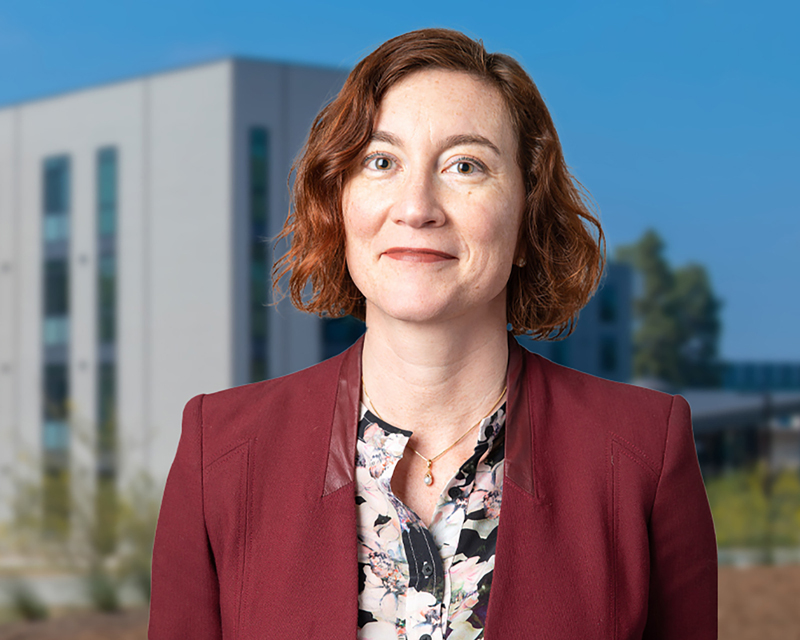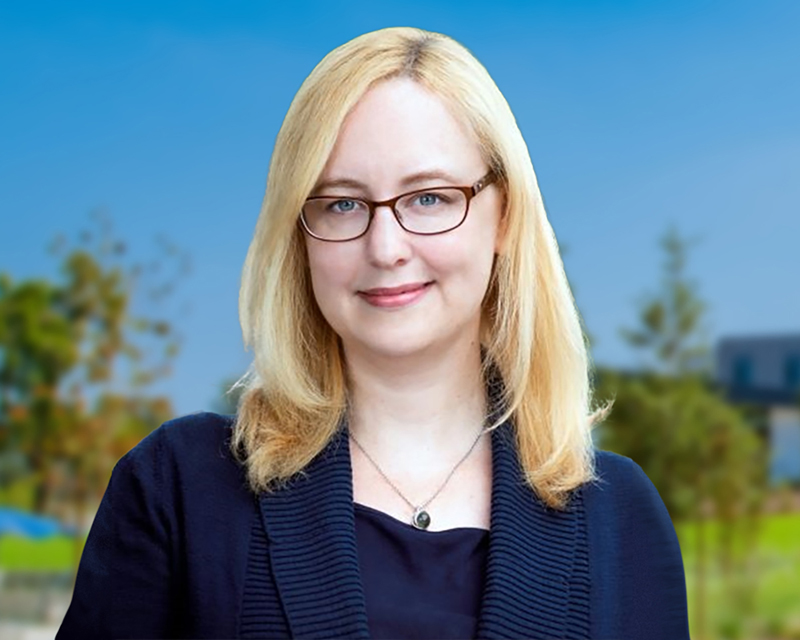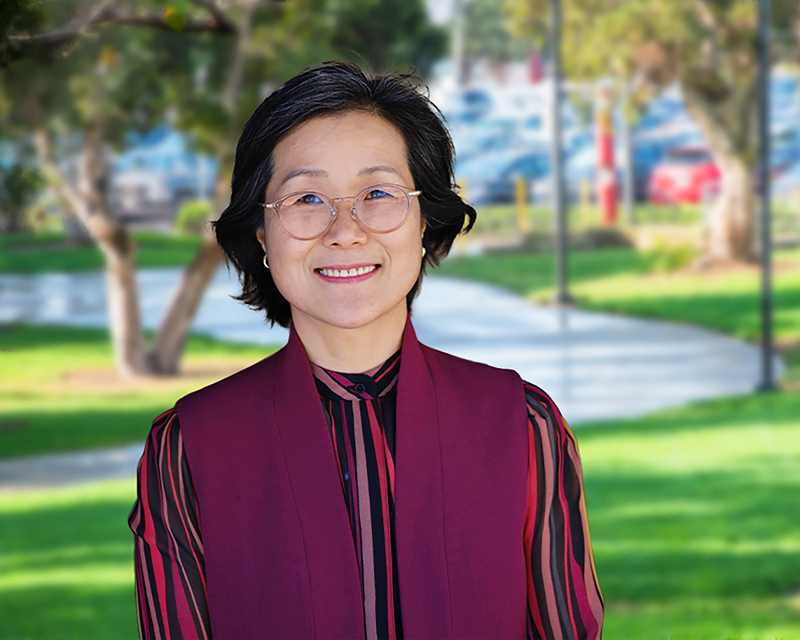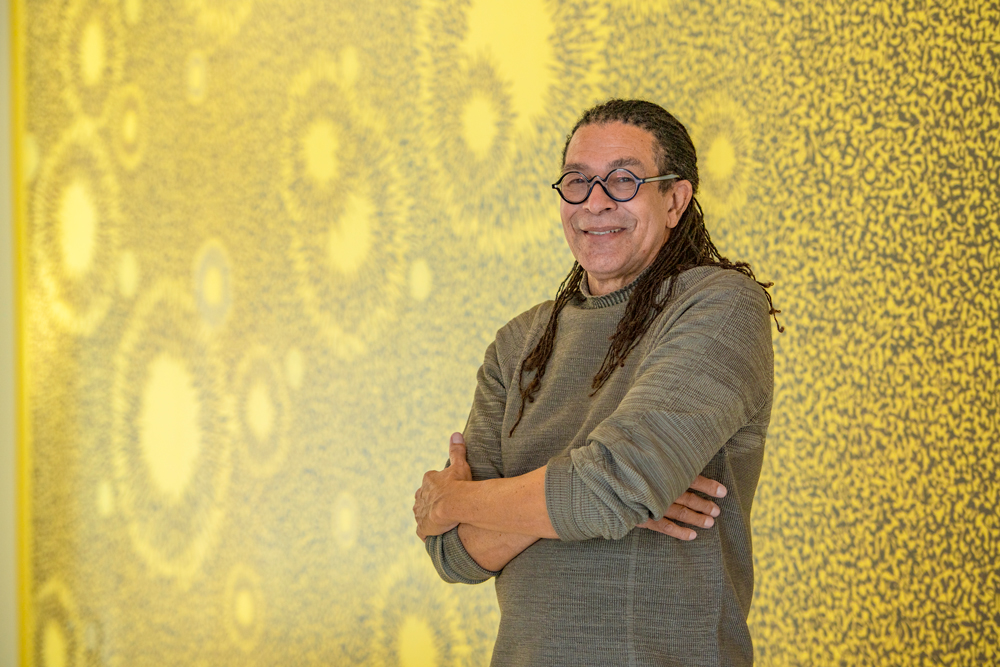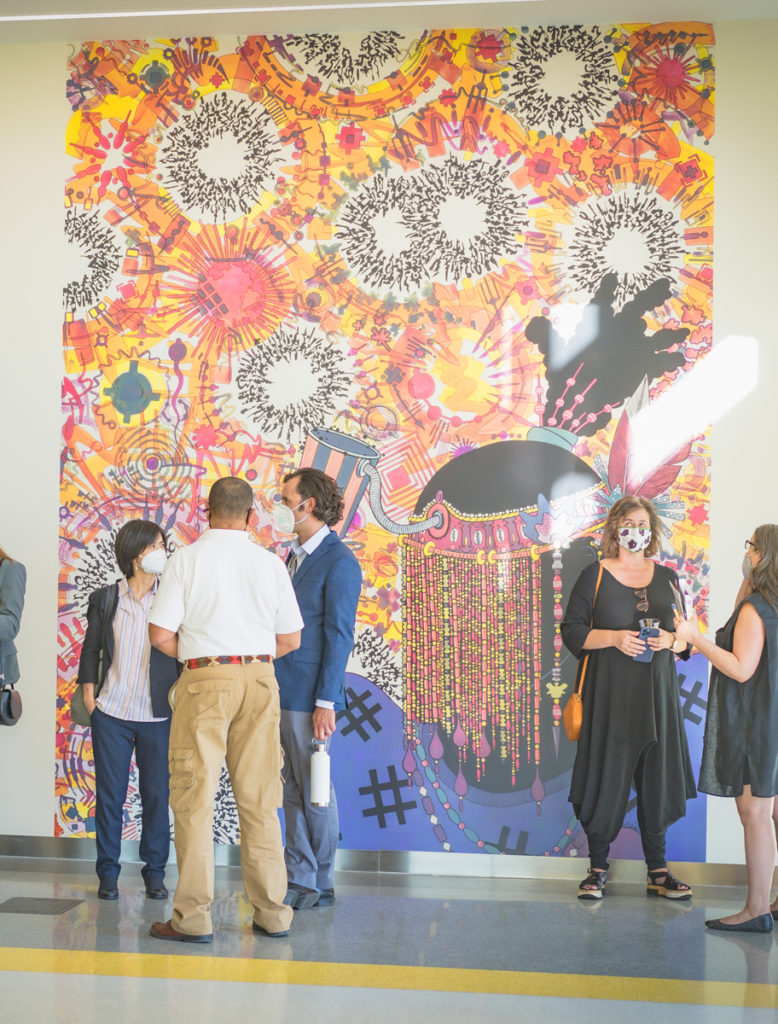Transforming
the Landscape
The CSUDH campus’s metamorphosis isn’t just about new buildings—during the pandemic, Facilities Services worked to upgrade the landscaping, as well. Under the leadership of Scott Bourgeois, grounds manager, outdoor spaces have been reimagined and water-guzzling greenery has been replaced with more sustainable indigenous plant life.
“By pro-actively planting water-wise landscape and maximizing water efficiency, landscaping can make a huge difference in CSUDH’s ability to serve as effective environmental stewards as a campus,” says Ellie Perry, CSUDH sustainability manager.


